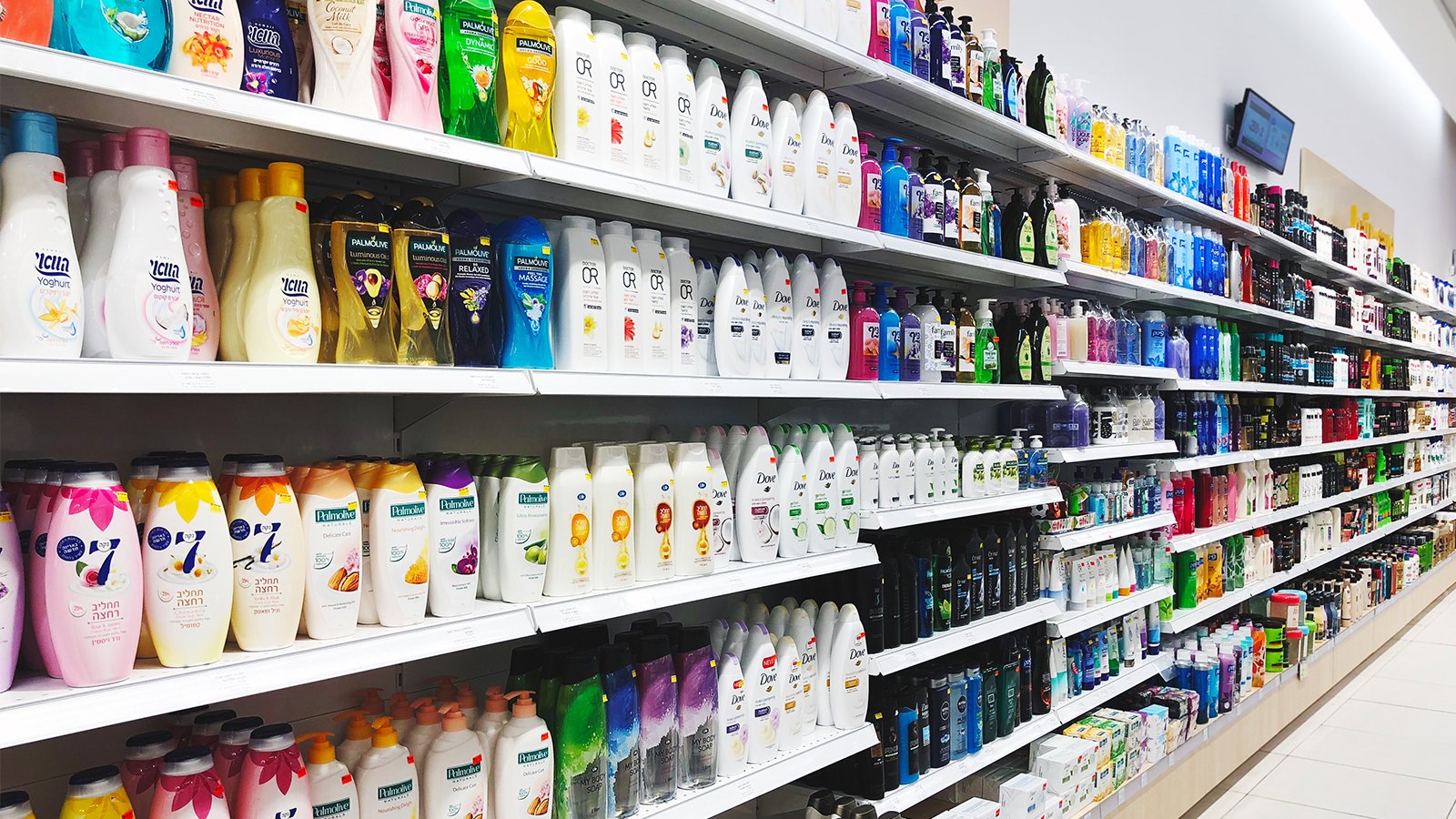As COVID-19 is forcing businesses around the world to adapt their standard business practices to a work from home, and millions of consumers are out of work and being more intentional about their purchases, product claims management is surfacing as an area ripe for modernization.
We sat down with Veeva’s resident product claims management expert John Cooper to ask the most frequent questions we hear from professionals working in regulated industries like consumer goods, cosmetics, and chemicals related to cloud-based product claims management.
Veeva Industries (VI): Thanks for joining us today John. To set the context for our conversation, why do you think product claims management is an area where companies are increasingly focusing their digital enablement efforts?
John Cooper (JC): Thanks for having me - happy to be here. To answer your question, I’d boil it down to competitiveness. Companies rely on product claims to differentiate from competitors and seize new opportunities. Claims can also be risky, so you have to make sure they’re correct. In recent years, as smaller, often digitally native competitors have crowded many categories, the need to bring more agility to claims management and get new products to market more quickly has risen in importance. Now the widespread unemployment and economic downturn brought about by COVID-19 means consumers globally have less money to spend and will be more intentional about which products they buy. Product claims are more critical than ever.
Surprisingly, claims management has historically been overlooked as an area for digital enablement. Its processes are typically very manual, often with hours of in person meetings per week, and usually involve a large number of cross functional stakeholders. Especially in today’s environment with most employees working from home, a manual in-person process can present a big problem. Furthermore, these manual processes tend to result in mistakes and rework on packaging and marketing materials, all slowing time to market. Worse yet, they could result in claims challenges, law suits, and product recalls.
VI: That’s a very helpful overview. To turn to the technology side of this, what potential do you see for cloud-based product claims management systems to impact the manual nature of claims management today?
JC: A unified, cloud-based product claims management system takes all the processes that are typically involved in claims management and moves them to the cloud. This speeds up the overall process for claim approvals, provides a single source of truth for approved claims down to the country and product level, enables stakeholders to work from anywhere on any device with a browser, and helps companies gain more agility while minimizing risk. The impacts are immediate and significant.
Let me give you an example that most companies will certainly be able to relate to - using a spreadsheet for managing product claims. A cloud-based solution like Veeva Claims takes this concept and converts all key information about a claim into data that can be searched, reported on, and related to other data and documents. This is extremely powerful for claims. It takes what used to be a spreadsheet accessed by a few people, static, probably stored in a shared folder, and turns it into a tool leveraged by multiple functions to drive the business forward. Similarly, review and approval, which is today most often done using email, is handled via workflows in the application, with records of all comments as well as collaboration tools to facilitate virtual conversations.
VI: That sounds like a significant improvement. But claims still need to be substantiated, and that takes time, correct?
JC: True. However, a cloud-based claims management application provides workflows for substantiation as part of the process. In addition, all substantiation documentation can live in the document library. It’s searchable and filterable. With metadata and the ability to search within the text of the document, it’s easy to find the right substantiation documentation. It’s no longer siloed in a shared folder. Claims are also linked directly to the underlying substantiation, so with one click you can go from a claim to the upstream substantiation.
VI: Wouldn’t that be nice! One last question for you. What have you seen in terms of the effort it takes to get multiple functions all involved in the claims process to change the way they work?
JC: This is where I think Veeva Claims really stands out - it doesn’t require a dramatic change to the way they work. Veeva Claims was designed by industry veterans like me who understand how companies in consumer packaged goods and cosmetics manage the claims process and bring new products to market. So even out of the box, the processes within the application are familiar, and the layout makes sense. We also spend time to understand each company’s unique needs as well; and through configuration, we can ensure that the application we deliver will reflect your business and your needs. This greatly facilitates adoption and usage. Furthermore, because Veeva is cloud-based, your company benefits from future releases - it’s an appreciating asset.
VI: This has been very helpful John, thank you for your time.
JC: My pleasure. If you or your readers have any further questions, please feel free to contact me at john.cooper1@veeva.com.
---
See where your operations stand against your peers in our Product Claims Management Trends Report or dive into the specifics of Veeva Claims by reading our product brief.
SHARE



